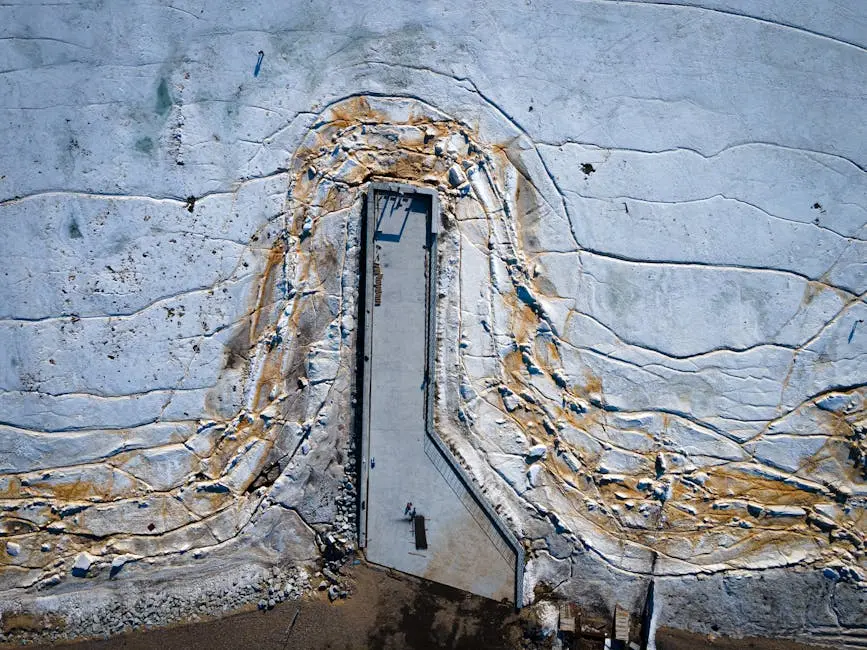Epoxy paint is increasingly popular for both indoor and outdoor use, but is it the right choice for your outdoor surfaces? In this FAQ, we’ll explore the advantages, potential drawbacks, and best practices when considering epoxy painting for outdoor spaces.
What Are the Benefits of Using Epoxy Paint Outdoors?
Epoxy paint offers a durable, water-resistant, and visually appealing finish, making it a popular choice for outdoor surfaces like patios and driveways. Its strong adhesive properties ensure long-lasting results even in harsh weather conditions.
The strength of epoxy paint stems from its chemical composition. When applied correctly, it forms a tough, long-lasting coating that can withstand heavy foot traffic, vehicle weight, and even pool chemicals, making it ideal for various outdoor applications.
Epoxy’s glossy finish also enhances the look of outdoor surfaces, offering a clean and polished appearance. This can significantly boost curb appeal, potentially increasing your home’s value if you’re considering selling in the future.
What Are the Limitations of Epoxy Paint for Outdoor Use?
Despite its benefits, epoxy paint can sometimes struggle against UV exposure, leading to potential discoloration over time. Additionally, application requires specific weather conditions to ensure proper curing and adhesion.
In particular, the fading and yellowing of epoxy paint under prolonged sunlight can be a concern for homeowners looking for a low-maintenance solution. This is something to consider if the aesthetic longevity of the finish is a priority for your outdoor space.
Moreover, the preparation and installation process can be labor-intensive, requiring time, effort, and sometimes professional help to ensure optimal results. Weather constraints can also pose scheduling challenges that need to be planned for ahead of time.
How to Properly Prepare Outdoor Surfaces for Epoxy Painting?
Proper surface preparation is crucial for a successful epoxy paint application. This involves cleaning the surface thoroughly, ensuring it’s dry, and repairing any cracks or holes. A primer may also be necessary to enhance adhesion.
Start with an intensive pressure wash to remove dirt, oil, or previous coatings that might interfere with the epoxy’s bonding capabilities. Subsequent drying time is crucial, as any residual moisture can affect the curing process.
For older surfaces or those with deteriorations, patching compounds can be used to address imperfections. This step is vital in preventing the cracks from reappearing and affecting the epoxy surface later.
What Are the Best Practices for Applying Epoxy Paint Outdoors?
To achieve the best results, apply epoxy paint during mild weather conditions to facilitate proper drying. Use high-quality tools for a smooth application, and consider adding a UV-resistant topcoat to prevent sun damage and extend the paint’s lifespan.
Choosing the right equipment, such as rollers and brushes designed for epoxy application, can greatly simplify the process. Also, adhering strictly to manufacturer guidelines regarding mixing ratios and pot life can lead to optimal outcomes.
Consider a two-coat application for enhanced durability, allowing ample time for each layer to dry. This process requires a bit more patience but guarantees a richer finish and extends the lifespan of the epoxy coating in outdoor conditions.
Are There Alternatives to Epoxy Paint for Outdoor Surfaces?
For those seeking alternatives, consider acrylic latex paint or specialized outdoor sealers. These options may provide UV resistance and ease of application without compromising on durability and visual appeal.
Acrylic paints are particularly user-friendly and offer an extensive range of color options. They dry faster than epoxy and can be touched up more easily, making them suitable for quick projects or frequently changed designs.
Sealers, on the other hand, protect existing surfaces without altering their natural look. They are an excellent choice for preserving stone or brick features, allowing their natural beauty to shine while providing essential weatherproofing.
Final Thoughts on Using Epoxy for Outdoor Surfaces
While epoxy painting provides durability and aesthetic appeal for outdoor surfaces, it’s essential to weigh its benefits against potential challenges. Proper preparation and application are key to achieving long-lasting results. Consider your specific outdoor environment and needs to make the most informed decision.












